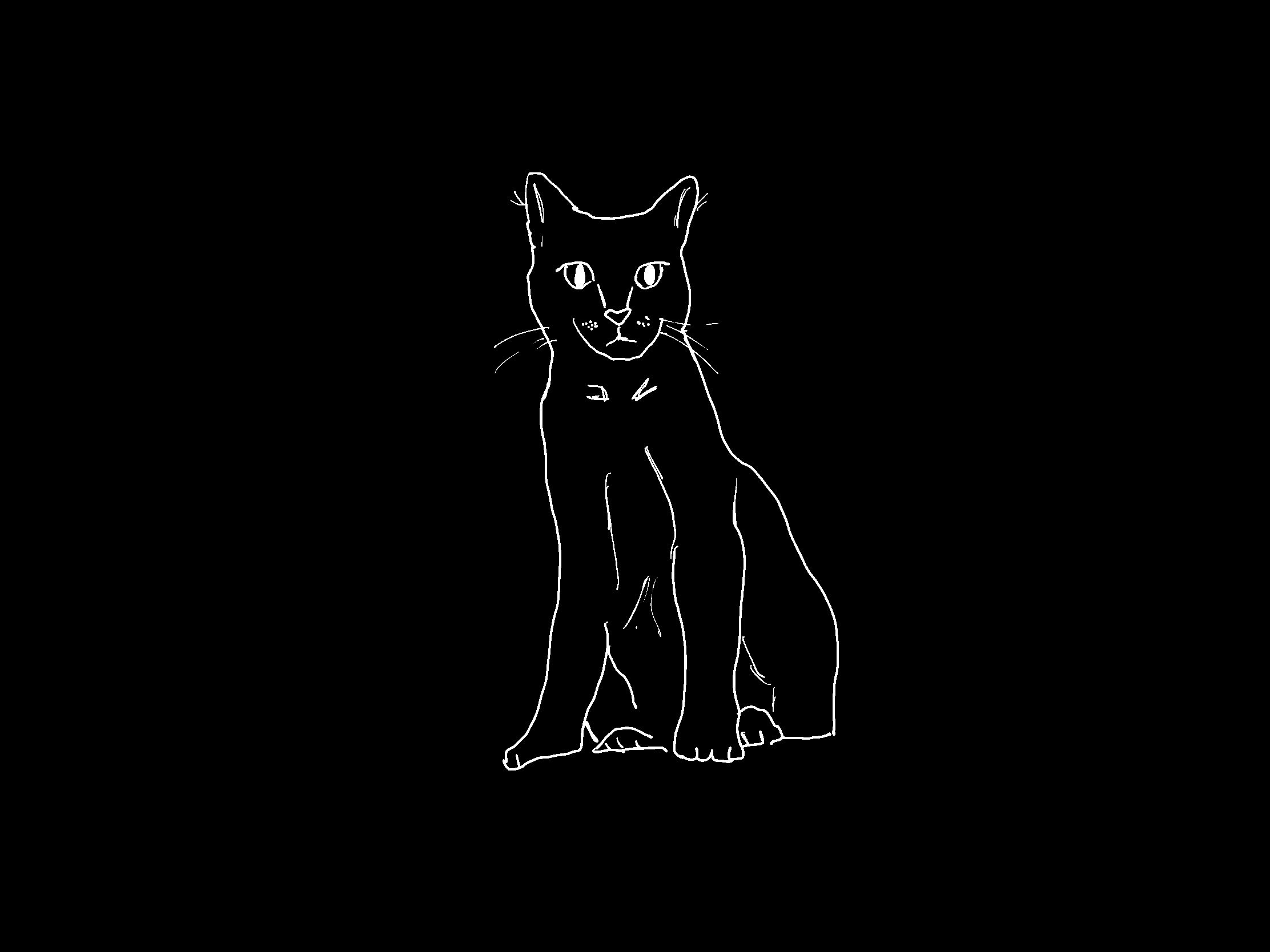Is brand consistency killing your authenticity?
so much depends upon a brand that knows
when to hold on and when to let go
coherence not consistency
the human voice behind the screen
algorithms learning our dreams
while we relearn how to speak as ourselves
While brands have an almost religious devotion to consistency, the path to cohesion is starting to look a lot different. We all need reliable color palettes and fonts, but the tools are much more sophisticated. From Canva to Claude, where we develop and store our latest ideas and thinking is undergoing a big shift.
This “great brand decentralization” will enable more unique expression in an evolving world. By decoupling brand from traditional style guide and template-driven design into values-driven building blocks, we give it a more enlightened future.
The Myth of Cohesion
Brands can sometimes feel like meticulously manicured gardens where a powerful owner constantly clips back anything that doesn’t fit the template. When it comes to fit, though, we might benefit from asking, “What isn’t in my brand guidelines but is aligned perfectly with who I am?
Schrödinger’s Cat
Systems of meaning artfully apply elements simple and strange, unexpected and ordinary, narrating a story that may not be explicitly written.
Things need to live, breathe, adapt, and still feel like “us” and the connection we have to something deeper with the real people behind the curtain. The idea that doesn’t quite fit the template might be exactly what people remember.
From Static Guidelines to Living Meaning
Brands are consistent when they honestly reflect personal and organizational values. But values can’t be captured on a template, and if our goal is to evolve, the tight control on templates, systems, and processes won’t serve us very well.
Brand as a minimum viable product launches quickly with iterative releases. In practice that can mean:
Decommissioning internal slide decks and investing in knowledge sharing.
Encouraging everyone to write content and share it digitally.
Showing up with a journalistic mind to experiences both corporate and organic.
Considering both existing and opposite-case scenarios to stay unstuck.
Adapting a jobs-to-be-done mindset instead of sprints or grand reveals.
Well-defined end points need close alignment to goals and vision, but incremental change leaves more room for interpretation. Instead of compliance audits, we can seek out rapid alignment: “How can we make this more true—more quickly?” Meaning will automatically adapt within the experiences we create as our own thinking evolves to meet new and different contexts.
Thinking in Public
For many years, I developed systems of meaning that were modular but centralized. This included brand banks, content architecture, style guides, and gate-controlled design systems with a plethora of templates. But brand is evolving faster now, and there are sophisticated tools to keep us all in the right lanes.
Tightening things down like Fort Knox is so pre-Canva. Now I want to scale my weirdness, my unique perspective, my “digital” me.
In a world of algorithms and automation, being able to think publicly is becoming a necessity. So here’s my strategy: This is my year of the blog, works in progress edition. Knowledge-sharing on demand. Version control TBD.
Perfectly imperfect for the foreseeable future.
Where is your brand heading? Check out Steal This Brand for more ideas you can grab.

